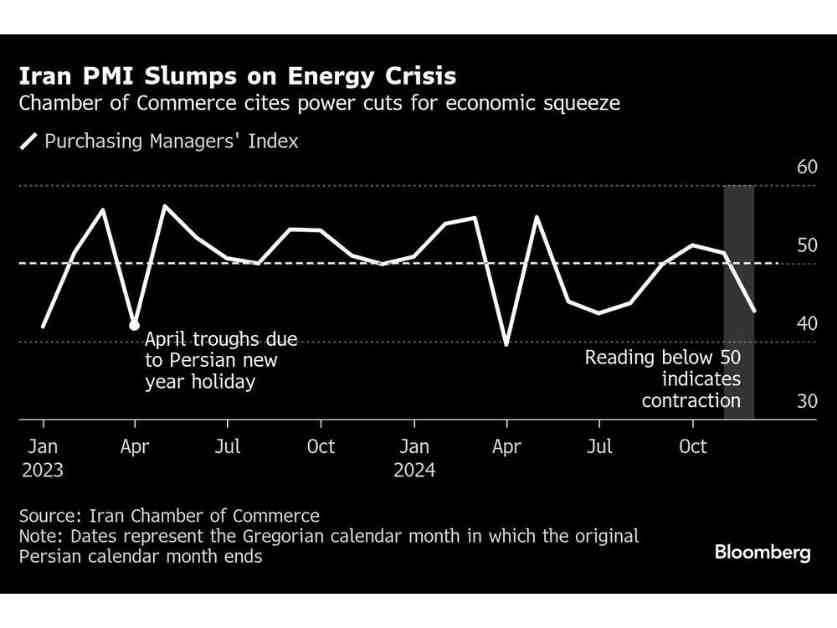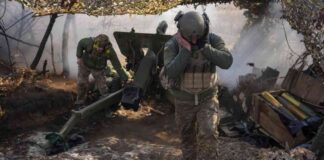Iran’s Industry in Crisis: Blackouts Worsen Before Trump’s Return
Iranian businessman Amin Samieepour is no stranger to power outages during his three-decade career, yet he can’t recall a worse time than the current run of blackouts immobilizing his kitchenware factory. “It’s terrifying to have electricity cut off during working hours, leaving your staff idle,” Samieepour, 42, said. “The current situation is at its most disastrous state, and it’s only going to get worse in the near future.”
Since November, producers in Iran have been denied electricity for as many as two days a week as the aging grid staggers under international sanctions and lack of foreign investment. The regime is bracing for a harder road ahead, with incoming US President Donald Trump pledging maximum pressure and preparing a new sanctions package targeting the oil industry.
The string of power outages is Iran’s worst in decades and has hit large swathes of the economy, crimping key industries and pushing a country rich in energy resources further into crisis. Manufacturers already are reeling from a cocktail of sanctions, 30% inflation, and a failing currency.
### Manufacturers in Distress: Impact of Blackouts
“I don’t feel optimistic about the future with this trajectory,” said Abdolkarim Masoumi, 36, who runs the Soren Chemical Co. supplier. “I’ve seriously thought about downsizing and, several times, even shutting down my business.”
At stake for the Islamic Republic isn’t just the survival of energy, steel, and auto producers but also the theocratic regime underpinning the nation since the 1979 revolution.
### Growing Economic Fallout: A Dire Situation
Even after the ceasefire agreement between Israel and Hamas, direct conflict with Israel remains a possibility. If Iran suffers a military strike on critical parts of its grid, nuclear facilities, or other key infrastructure, the sanctions will hinder its recovery.
Blackouts cost the economy about $250 million a day, the Iran Chamber of Commerce, Industries, Mines, and Agriculture estimated. About 40% of steelmaking capacity sits unused, natural gas supplies to at least a dozen petrochemical plants are suspended, and gas flows to the cement sector were cut by 80%, the state-run Islamic Republic News Agency reported.
### The Road to Recovery: Challenges and Solutions
“The reality is that there are energy imbalances,” Energy Minister Abbas Aliabadi told lawmakers. “Diversifying output is certainly in our plans, but it requires time.”
Iran has the world’s second-biggest reserves of natural gas but struggles to tap them. It faces a gas deficit of at least 200 million cubic meters a day, said Reza Padidar, vice president of the Oil Industry Federation of Iran.
### Hope in the Horizon: Potential Solutions Ahead
“The response to unprecedented international sanctions has been insufficient,” Padidar said. “Energy, once a driver of economic growth, has become a barrier.”
With the new pragmatism the ruling system has shown, there might still be hope for recovery, but external pressures loom large. As the situation in Iran’s industry worsens, the need for swift and effective solutions becomes increasingly urgent.






















